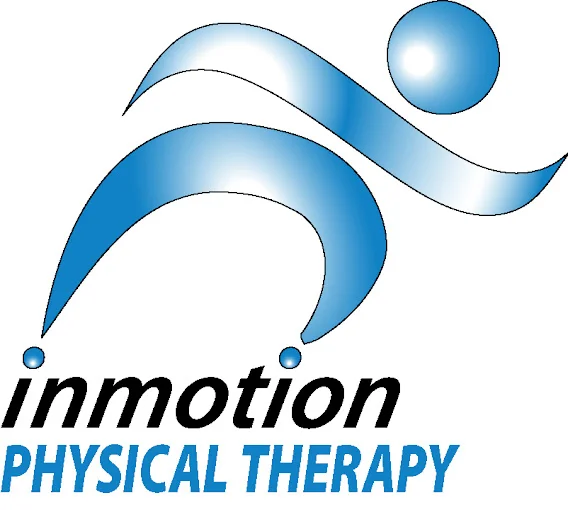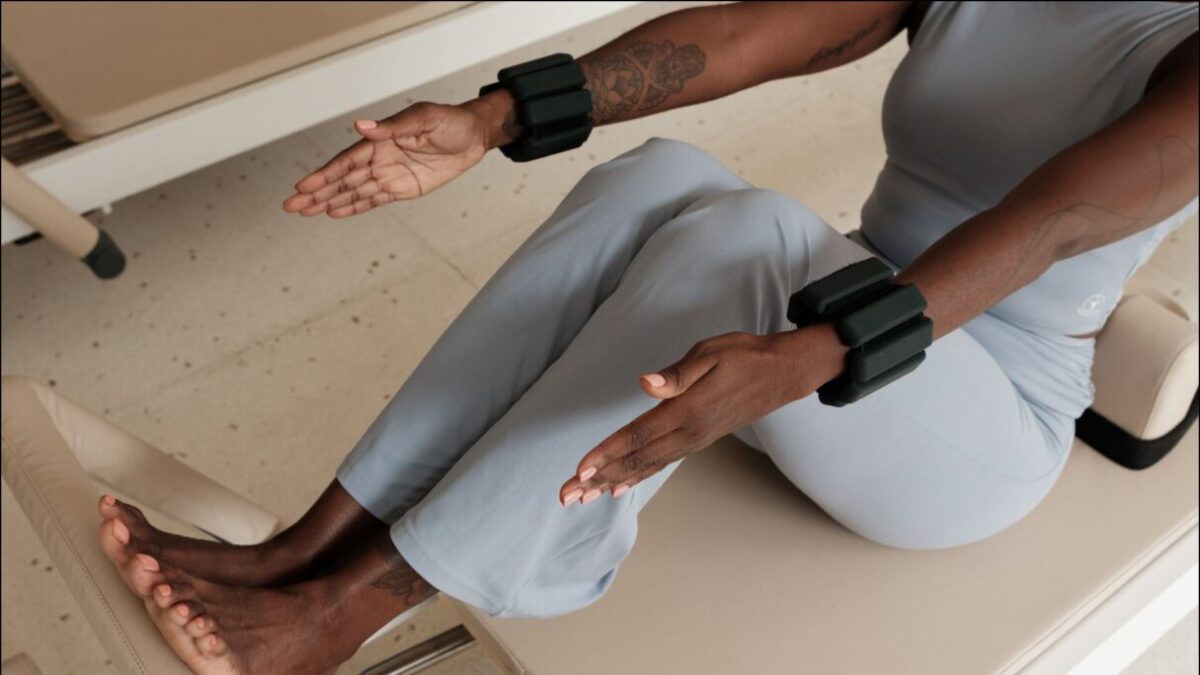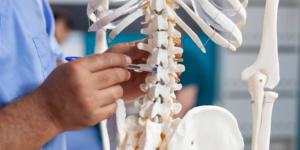Are you living with arthritis and worried that exercise might worsen your condition? You’re not alone. Many of our patients at In Motion Physical Therapy of NY share this concern. But here’s the good news: safe, appropriate exercise can be a game-changer in managing arthritis symptoms and improving your quality of life. As a Doctor of Physical Therapy, I’ve seen firsthand how the right exercise routine can help people with arthritis stay active, reduce pain, and maintain their independence. Let’s dive into how you can keep moving, even with arthritis!
Understanding Arthritis and the Importance of Exercise
What is Arthritis?
Arthritis is a common condition that causes inflammation in your joints, leading to pain, stiffness, and reduced mobility. Osteoarthritis (OA), the most prevalent form, often affects the knees, hips, and hands. It’s like your joints are rusty hinges that need some WD-40!
How Exercise Benefits Arthritis Sufferers
You might think that rest is best when your joints are achy, but that’s not always the case. Regular exercise can:
- Reduce joint pain and stiffness
- Improve flexibility and strength
- Boost your energy levels
- Help maintain a healthy weight (which takes pressure off your joints)
- Enhance your overall quality of life
Exercise is a natural lubricant for your joints! I understand that if you are living with arthritis, you are probably thinking “I want to move, but it HURTS!”. I totally understand. That’s why I wrote this blog post on HOW to exercise so it makes your body feel good – like its supposed to.
Exercise for Arthritis: Aerobic
Aerobic exercise is a crucial component of arthritis management. According to a study published in the National Center for Biotechnology Information (NCBI), regular aerobic activity can significantly benefit individuals with osteoarthritis (OA), particularly those with knee OA[1].
Benefits of Aerobic Exercise for Arthritis
Aerobic exercise is great for arthritis management. It improves cardiovascular health, helps control weight, and can significantly reduce pain and improve function in people with knee and hip OA[1]. Plus, it’s a great mood-booster!
Research has even shown that running, once thought to be “bad for your knees”, is actually GOOD for you. A study published in the JOSPT found that recreational runners had lower rates of hip and knee arthritis compared to non-runners[2]. Now, you might not be ready for your couch to 5K just yet, but here are some tips on how to integrate cardio exercise into your routine.
Safe Aerobic Exercise for Arthritis
- Brisk walking: An excellent low-impact option that’s easy on your joints. Start with short distances on even surfaces and gradually increase your pace and distance as you build stamina.
- Swimming or water aerobics: The buoyancy of water reduces stress on your joints while providing resistance for a great workout. It’s particularly beneficial for those with knee or hip arthritis.
- Cycling (stationary or outdoor): Whether you prefer the great outdoors or the comfort of your home, cycling is a joint-friendly way to get your heart pumping. Start with shorter rides and gradually increase duration as you build endurance.
- Elliptical machines: These provide a low-impact cardiovascular workout that’s easier on your knees than running.
- Running: Even if you have arthritis, you don’t have to stop running if you enjoy it. You may have to make modifications with regard to your distance, surface, and intensity. You may have to start with a good warm-up and strength program, but it can be done!
Tips for Getting Started with Aerobic Exercise
- Start slow and gradually increase intensity: Begin with just 5-10 minutes of activity and slowly build up over time. This allows your joints to adapt and reduces the risk of overexertion.
- Aim for 150 minutes of moderate aerobic activity per week: This is the recommended amount for adults, but don’t worry if you can’t reach this right away. Any amount of exercise is beneficial, so set realistic goals and work your way up.
- Break your exercise into 10-minute sessions: If 30 minutes at once seems daunting, try three 10-minute sessions throughout the day. You’ll still reap the benefits, and it might be easier to fit into your schedule. (30 minutes is 30 minutes whether you do it all at once or spread out throughout the day)
- Always warm up and cool down: Spend 5-10 minutes doing gentle movements to prepare your body for exercise and to gradually bring your heart rate down afterward. This helps prevent injury and reduces post-exercise stiffness.
- Stay hydrated: Drink water before, during, and after your workout. Proper hydration helps lubricate your joints and can help reduce post-exercise soreness.
Remember, the goal is to keep moving without overdoing it. The more consistently you can exercise the better. If you go out too hard 1 day, and then have to rest for 6 you just lost a lot of time and momentum. It is better to consistently exercise 10-15 minutes every day (thats over 1 hour by the end of the week!) than to exercise 1x for 1 hour and hurt yourself. Listen to your body and find your sweet spot!
Exercise for Arthritis: Strength Training
The Power of Progressive Resistance Training (PRT)
Strength training is essential to the health of your joints and your ability to function. It helps improve muscle strength, enhances mobility, and can even slow down the progression of OA.
Progressive Resistance Training is when you gradually increase the weight or resistance as your strength improves. This is a vital component to a good strength program, as your body needs stress to create adaptations.
Key Strength Exercises for Arthritis
- Squats strengthen the muscles around your knees and hips. Here is a progression from easy to hard (on your joints) to make it easier for you to do!
- Deadlifts strengthens your back, glutes, and hamstrings.
- Step-ups: Step-ups are great for building leg strength and improving balance. Start with a low step and increase the height as you become stronger.
- Rows: This exercise strengthens your back muscles, which is crucial for maintaining good posture and reducing strain on your joints.
Safety Tips for Strength Training with Arthritis
- Start with bodyweight exercises and gradually add resistance: This allows your joints to adapt to the new stresses and reduces the risk of injury.
- Focus on proper form to avoid injury: Correct technique is crucial. Consider working with a physical therapist or certified trainer to learn proper form.
- Don’t push through sharp pain: While some discomfort is normal when starting a new exercise routine, sharp pain is a sign to stop and reassess.
- Allow for active recovery days between strength training sessions: Your muscles need time to recover and grow stronger. Aim for strength training 2-3 times per week with active recovery (low impact aerobic training) in between.
- Work with a physical therapist to design a safe, effective program: A professional can create a program tailored to your specific needs and limitations to help you avoid injury.
Exercise for Arthritis: Stretching
Stretching is like giving your joints a gentle massage. It helps maintain and improve range of motion, reduces stiffness, and can even help alleviate pain. Plus, it feels great! Regular stretching can:
- Increase flexibility and joint mobility
- Improve circulation to your muscles and joints
- Reduce the risk of injury during other activities
- Promote relaxation and stress relief
- Enhance overall physical function and quality of life
For those with arthritis, stretching can be particularly beneficial in managing morning stiffness and maintaining joint flexibility throughout the day.
Effective Stretching Techniques for Arthritis Sufferers
- Pilates is a low impact exercise solution for people with arthritis. Pilates movements promote gentle, controlled stretching throughout your entire body.
2. Yoga combines stretching with breath work and meditation.
3. Flexibility Routines when you have arthritis:
Calf Stretch: Place your foot up on a small step stool, keep your knee straight and gently lean forward.
Why: Improve ankle range of motion to help prevent falls (you need to lift your toes when you walk!). Also helps reduce knee pain by decreasing the stress on the knee joint when you squat to sit down.
Hamstring Stretch: Lay down and wrap a dog leash or towel on the bottom of your foot. Keep your knee straight and lift your leg as high as you can. You can keep the other knee bent to reduce stress on your back or straighten it to also stretch out the opposite hip flexor.
Why: Our hamstrings get tight from all the sitting we do! This will help our hip mobility and decrease stress on our lower back.
Quad Stretch: This one can be tricky for people with knee pain. Heres 2 ways to stretch your quad:
- Lay on your stomach, use a dog leash to wrap around the front of your ankle. Pull your foot towards your bottom as much as you can, without knee pain. You should feel a pull in the front of your thigh.
- Stand at the kitchen sink with your foot up on a chair. You can slowly build up the height of the chair with pillows to get more bend in your knee (which will stretch the front of your thigh more)
Why: Decrease knee pain, improve knee range of motion and flexibility. These muscles can get tight from standing and sitting. The more movement your knee has available, the better it will feel!
Hold each stretch for 10-30 seconds and remember to breathe! Again, don’t worry about the intensity- try to be more consistent with your daily stretching routine to see progress over time.
Exercise for Arthritis: Balance Training
Balance training is often overlooked, but it’s crucial for preventing falls and maintaining independence. Plus, it can help improve joint stability and overall function. People who suffer from knee OA often demonstrate poor balance compared to their peers [4].
If you have ever felt like you “need” to hold on while going up and down a curb, or grab onto furniture while you walk around your house- you probably need to work on your balance.
Safe Balance Exercises to Try at Home
Marching Variations:
- Marches + No Hands
- Marches + Head Turns
- Marches + Eyes Closed
Heel/Toe Raises:
- Without holding on (look ma, no hands!)
- Eyes Closed
Quick Line Steps Forward/Backward
Putting it all Together: Embracing an Active Lifestyle with Arthritis
Living with arthritis doesn’t mean you have to give up an active lifestyle. With the right approach to exercise, you can reduce pain, improve function, and maintain your independence. Remember, every little bit of movement counts!
At In Motion Physical Therapy of NY, we’re here to support you on your journey to better joint health. Our team of expert physical therapists can create a personalized exercise plan tailored to your needs and goals. Don’t let arthritis hold you back – let’s get you moving and keep you in motion!
Ready to take the first step towards a more active, pain-free life? Contact us today to schedule your one-on-one session with a Doctor of Physical Therapy. Together, we’ll create a plan to keep you doing the activities you love, arthritis or not!
References:
[1] Brosseau, L., Taki, J., Desjardins, B., Thevenot, O., Fransen, M., Wells, G. A., … & McLean, L. (2017). The effect of walking on knee osteoarthritis (OA): a systematic review and meta-analysis. BMC Musculoskeletal Disorders, 18(1), 202. https://www.ncbi.nlm.nih.gov/pmc/articles/PMC4152859/pdf/nihms620828.pdf
[2] Alentorn-Geli, E., Samuelsson, K., Musahl, V., Green, C. L., Bhandari, M., & Karlsson, J. (2017). The Association of Recreational and Competitive Running With Hip and Knee Osteoarthritis: A Systematic Review and Meta-analysis. Journal of Orthopaedic & Sports Physical Therapy, 47(6), 373-390. https://www.jospt.org/doi/pdf/10.2519/jospt.2017.0505
[3] Latham, N., & Liu, C. J. (2010). Strength training in older adults: the benefits for osteoarthritis. Clinics in geriatric medicine, 26(3), 445-459.
[4] Pirayeh N, Kazemi K, Rahimi F, Mostafaee N, Shaterzadeh-Yazdi MJ. The Effect of Balance Training on Functional Outcomes in Patients with Knee Osteoarthritis: A Systematic Review. Med J Islam Repub Iran. 2022 (17 Sep);36:107. https://doi.org/10.47176/mjiri.36.107



